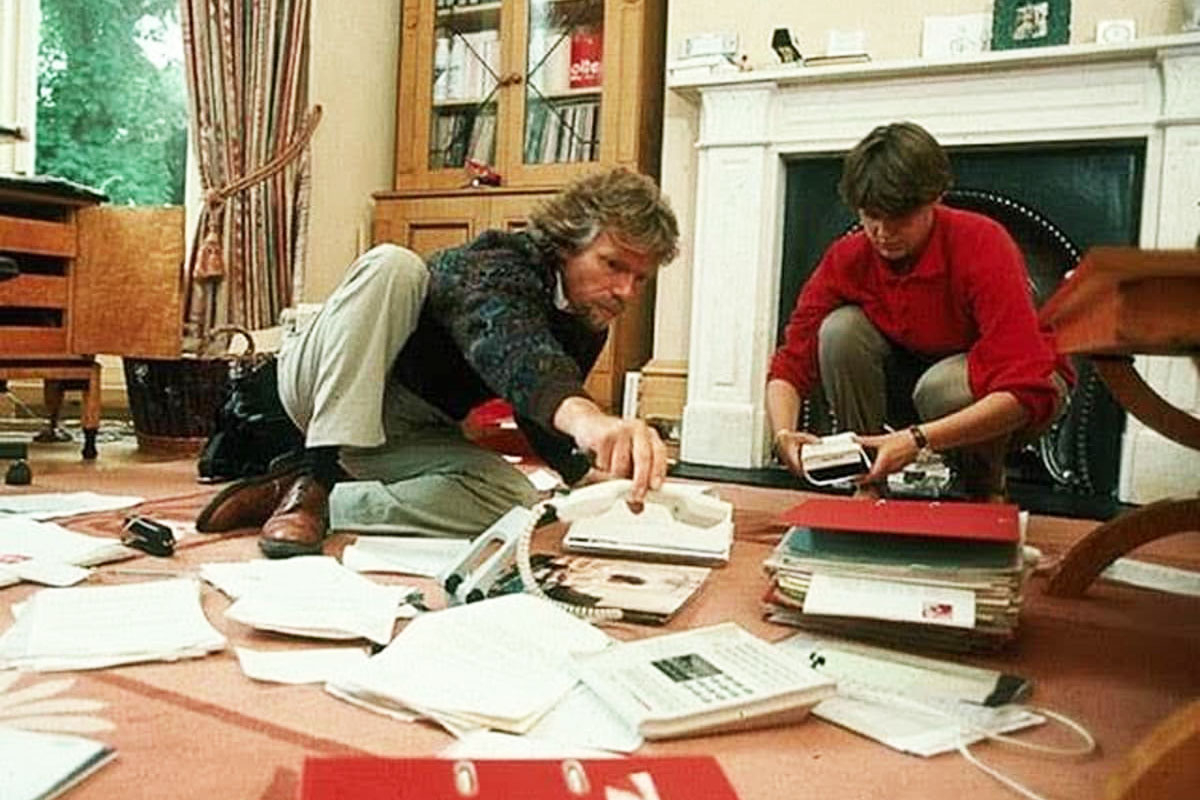Leaders play a crucial role in setting workplace culture, although it’s never one size fits all because organisations have different needs, and workplaces have varying pressure points. To succeed, some organisations need a fast-paced and dynamic culture, while others seek a more relaxed and stable culture.
Workplaces are highly stressful when the organisation’s current culture doesn’t align with its stated objectives or enable employees to thrive. For leaders seeking to create an optimal workplace, there are proven key ideas that have worked across multiple disciplines.
It’s not about zero stress
Creating a stress-free workplace isn’t about striving for zero stress. Instead, it’s about creating an environment where pressure operates at the right level to accelerate progress while encouraging a thriving workplace. This balance is crucial because of the negative impact that stress has on employees and their productivity.
Economist John Pencavel from Stanford University found that productivity declines when people work more than 50 hours each week. Even worse, working 70 hours or more a week causes the person to get the same amount of work done as people who worked 56 hours. His research highlights the impact of employee fatigue and stress on productivity, along with the probability of errors, accidents and sickness.
Find your good pressure
Not all pressure is terrible. A certain amount of pressure is good because it helps motivate us to take action and keeps us focused. When we experience the right amount of challenge and interest, chemicals are released in our brain (noradrenaline and dopamine), making us more alert, motivated and ready to learn. Researchers and educators often refer to this as the Goldilocks Zone – it’s the area of optimal performance where we are working on a task or learning something that is neither too hard nor too easy.
Finding that optimal zone means you need to ensure your team members have challenging work and the right amount of skills to do the job. If they don’t, you may need to find more challenging work or provide more coaching, support and training.
Focus your energy
There are many things at work that you and your team can’t control. There will also be days when things won’t go according to plan. It’s helpful, therefore, to be clear on what you can and can’t control or change as individuals and as a team. Otherwise, you can very easily spend a lot of time contemplating and debating issues and situations that you can’t influence, rather than productively directing your and your team’s energy and effort.
Release the pressure
In the inevitable busyness of the workday, it can feel hard to find the time to slow down and reflect. However, finding time to get outdoors and away from your desk is crucial when there is stress and tension. Deliberately set aside time to release the pressure valve and, in the iconic words of Taylor Swift, “shake it off”.
It may be a run or walk with a colleague (or by yourself). Alternatively, it may be listening to music or having a lively conversation with a friend. Whatever you do, get the blood pumping and those endorphins and happy brain chemicals zinging through your body, and you’ll leave your workday stress behind. It also helps if you, as the leader, role model healthy practices.
Set clear boundaries
There are two types of boundaries: the ones you set with yourself and those you establish with your team.
Set boundaries with your team. Agree on the protocols about how you will handle calls and emails outside set work hours. This step is crucial so there are clear expectations and time to switch off from work. Switching off takes discipline. If you always take work home and answer emails late at night, you create a pattern of behaviour for yourself and your team.
It’s easy to be ‘on’ all the time, so use technology to help you switch off. For example, have your phone automatically switch to ‘do not disturb’ mode and turn off social media push notifications and email alerts at set times.
Read next: The hidden dangers of workplace loyalty







